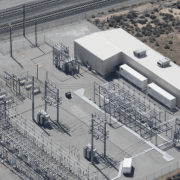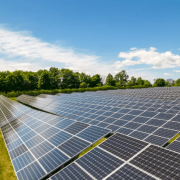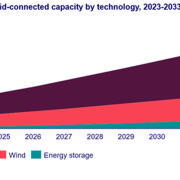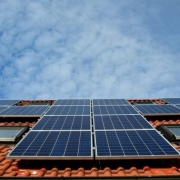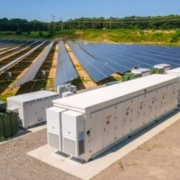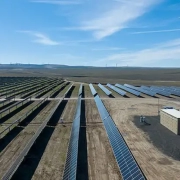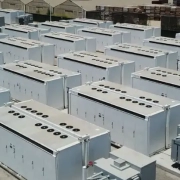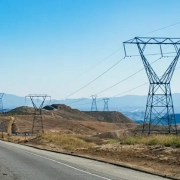The California Independent System Operator (CAISO), which manages about 80% of California’s electricity, has connected 10.219 GW of utility-scale energy storage to its managed power grid as of the first day of October this year.
The data was released as part of the ISO’s Key Statistics report for September 2024. The 10.2 GW value was a 0.9 GW increase from August’s 9.3 GW on the grid, and a greater than 3 GW jump from the 7.1 GW that was connected as of the state of 2024.
In the month following energy storage capacity records being set, there are now battery use records being set. According to Gridstatus.io’s record page, CAISO has set multiple battery charge and discharge records in the six days prior to this article being written.
Click here to read the full article
Source: PV Magazine
—
If you have any questions or thoughts about the topic, feel free to contact us here or leave a comment below.

